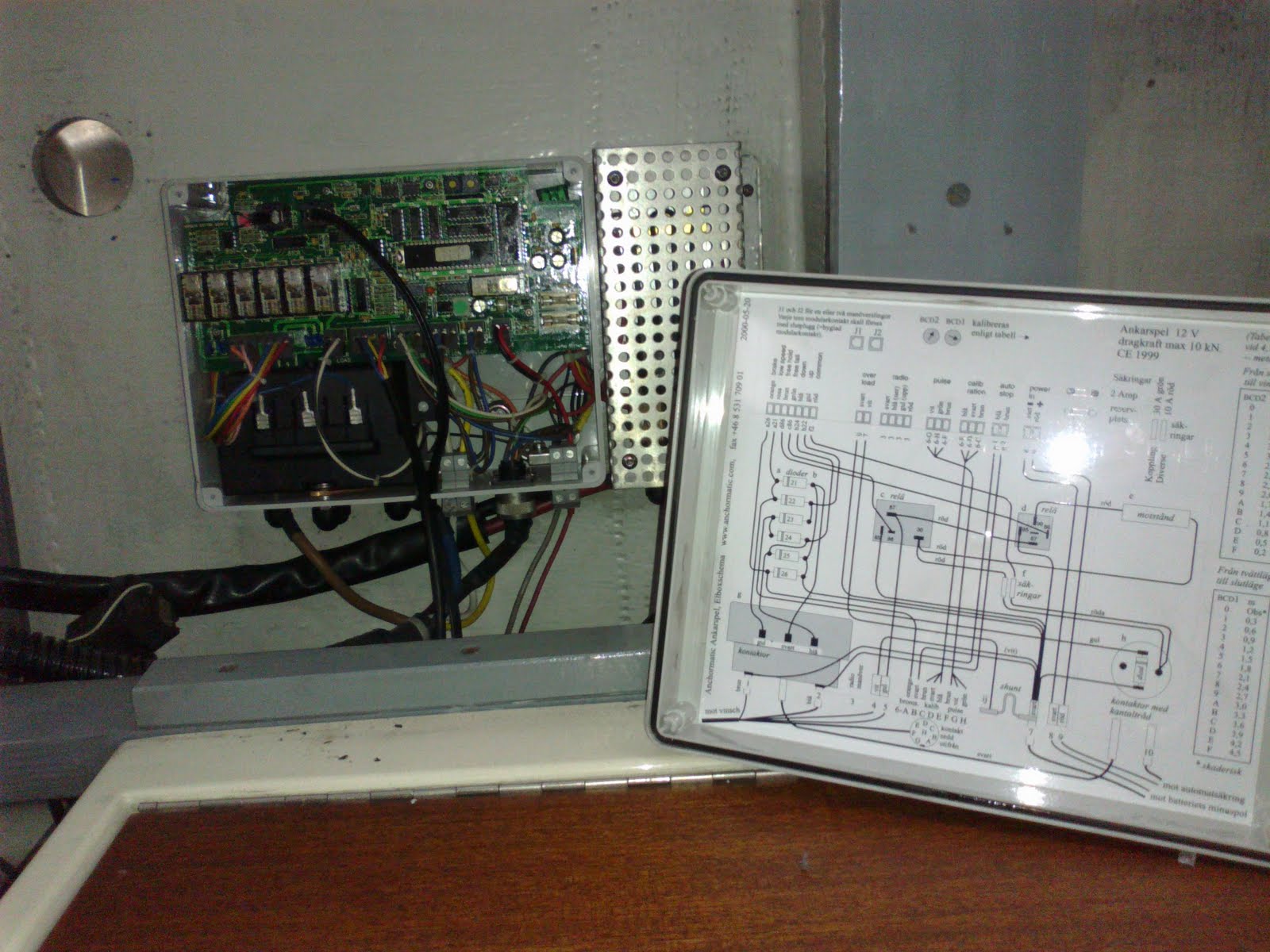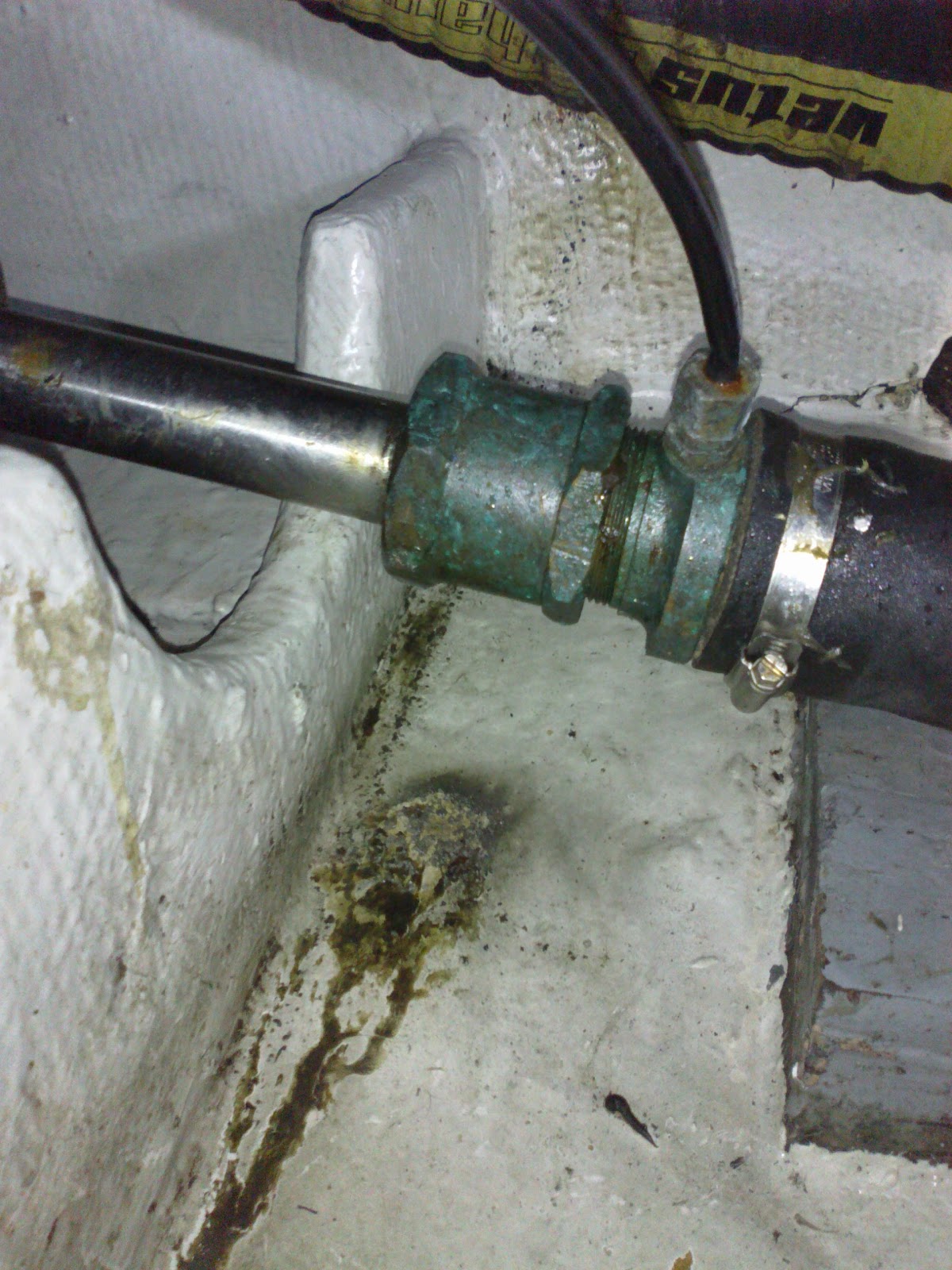Some more progress but not enough. After four hours of scraping, grinding and sanding I was beat. So it was time to do some general maintenance like putting more dehumidifiers to the boats interior, which already was nice and dry. I also set one big dehumdifier to the boats engine compartment, I guess it wont do no harm but could actually help to keep all the connections stay dry etc...
Images below shoe some damage I found from the boat. One of the lists must have been hit by something somewhere down the line and some of the previous owners had done a sloppy repair job by just putting putty over it and painted over with antifouling paint. You really just don't do the repair this way, period.
The structure of the list is such that when the boat was made they had first sprayed gelcoat to the mold, after couple layers of glass they have inserted a piece of foam to act as a form filler between the list and the actual hull structure. So, in a way it is a sandwich structure but only within the list.
The picture does not really show the damage. I sanded the glass away and used a pick to rip out the wetted foam that has been sitting there for quite some time and ended up with a nice hollow list. I think I need to grind some more and rip out enough of the good stuff too to make sure there is no evil lurking after the repair.
This is so far the only damage I have found form the boat. Naturally there are some bumps and cavities along the keel but those I regard as normal and will repair once I have the whole stripped bare.
Back to the paint job, the image above shows the many layers found on the boat. I really believe that there should be a test of somekind that you would need to pass before you can fix boats or do any maintenance work either. In this case some idiot has painted soft antifouling straight to the gelcoat surface and built up paint layers on top of that.
I know that this is not the original lay-up since there are traces of orbital sander marks all over the bottom. The paper they have used has been way too coarse, I'm guessing something in the range of 40 or so.
The paint layers have been painted in this order:
- Soft (ablative paint) which in some areas is all dried up and in some areas still soft (the solvents form upper layers have gone trough to it)
- Primer? I'm guessing this is primer, it is grey and peels away in thin slices.
- Hard bottom paint (copper based)
Everything looked fine when we took the boat out but soon my eyes were drawn to some elevations or bubbles in the bottom paint. Naturally I was first thinking of the dreaded blisters but calmed down and decided to check everything once the paint was out.
I'm glad I did since the gelcoat is smooth as baby's skin. There are no cracks or crevices or anything abnormal under there.
Needless to say, the boat will get a real epoxyprimer barriercoat and antifouling in the right order this time...





























.PNG)






